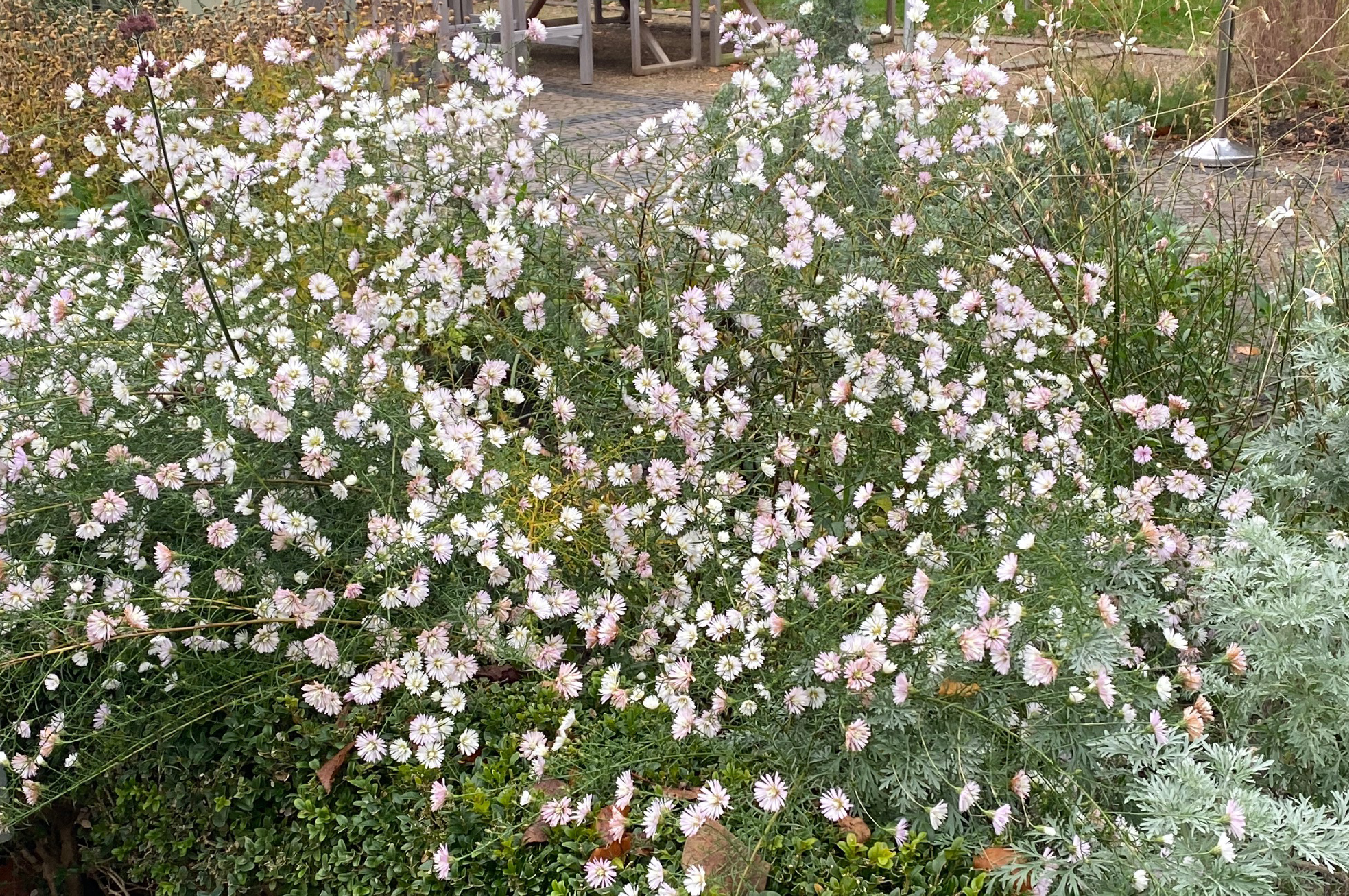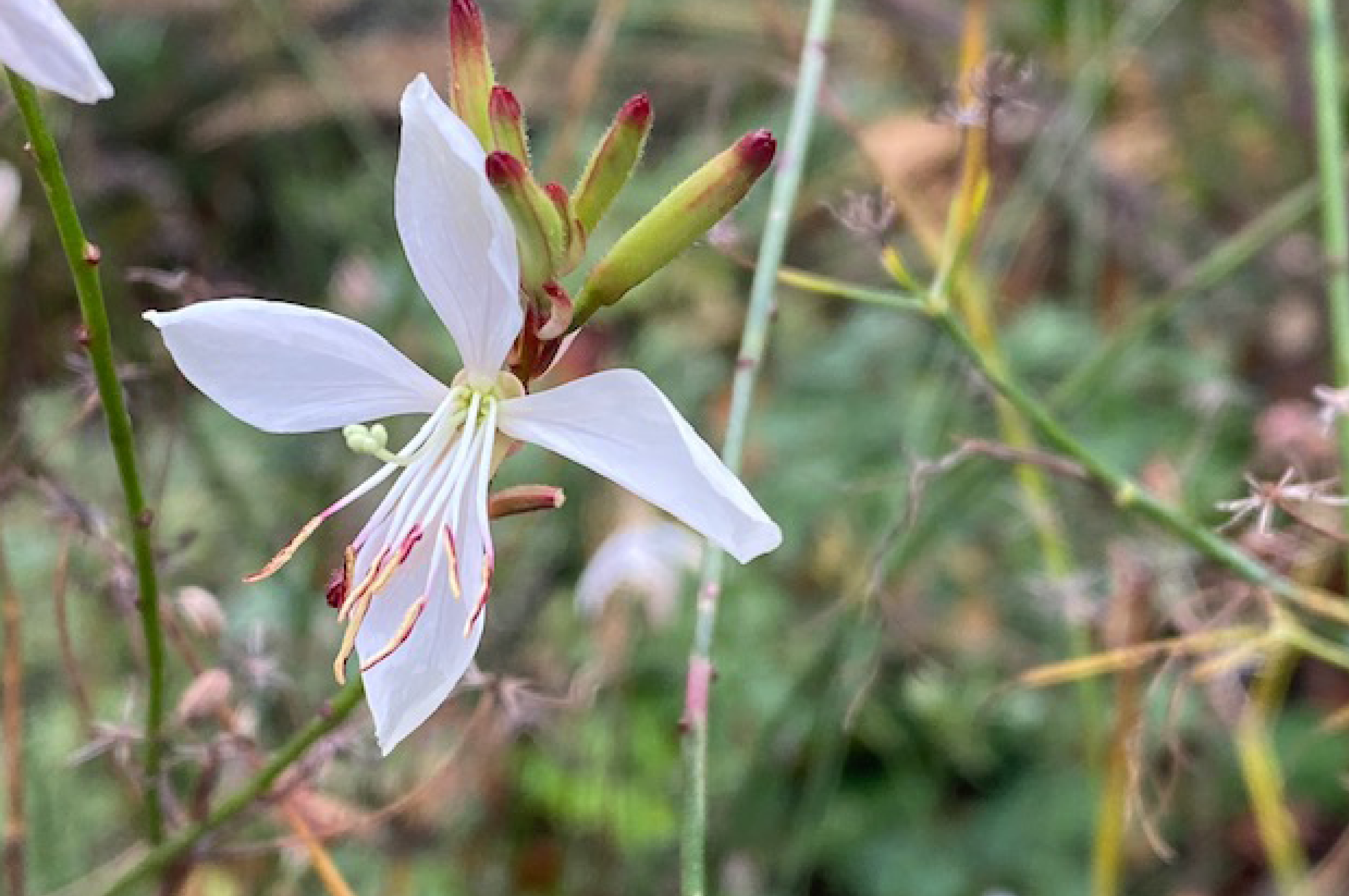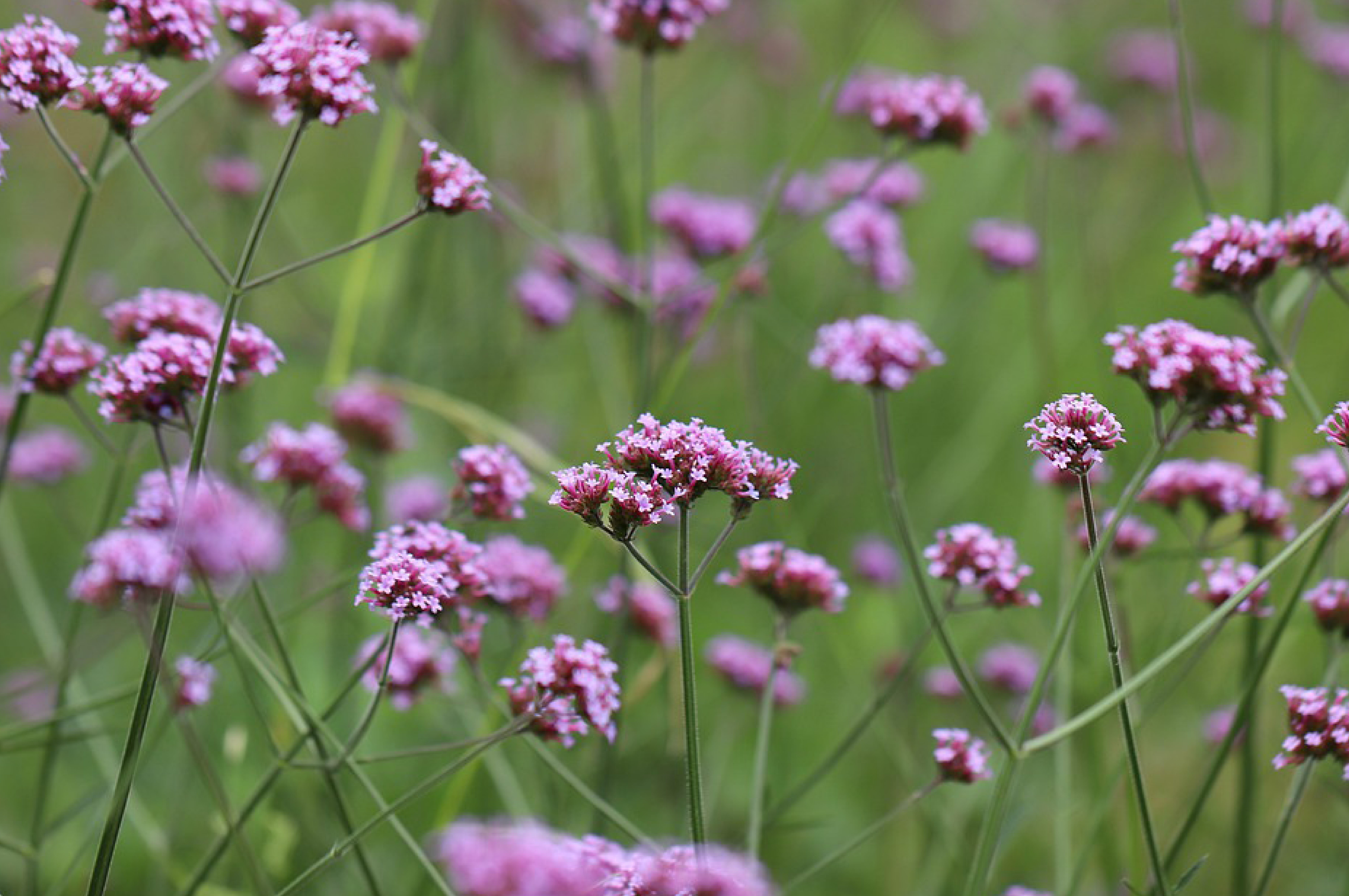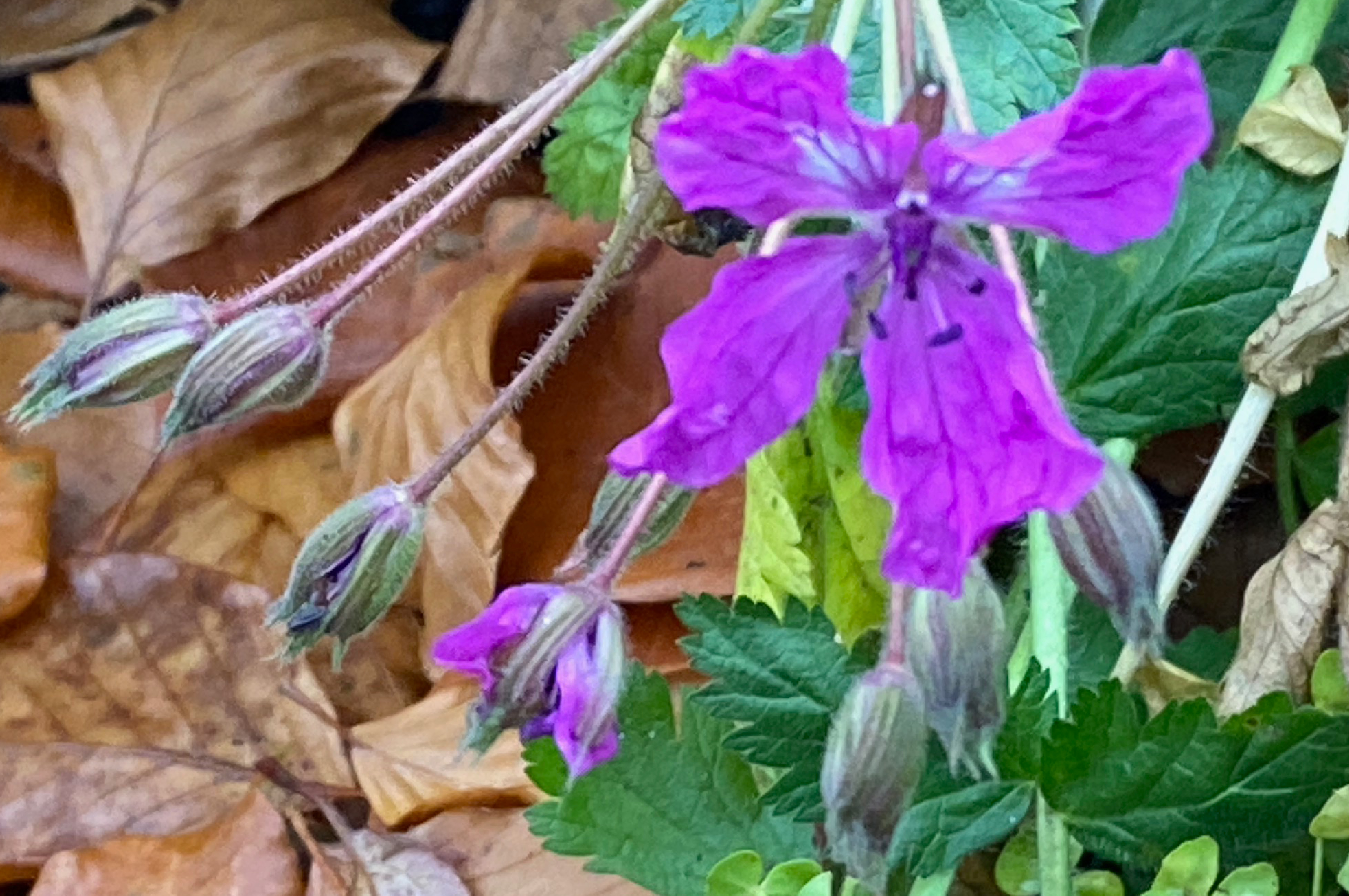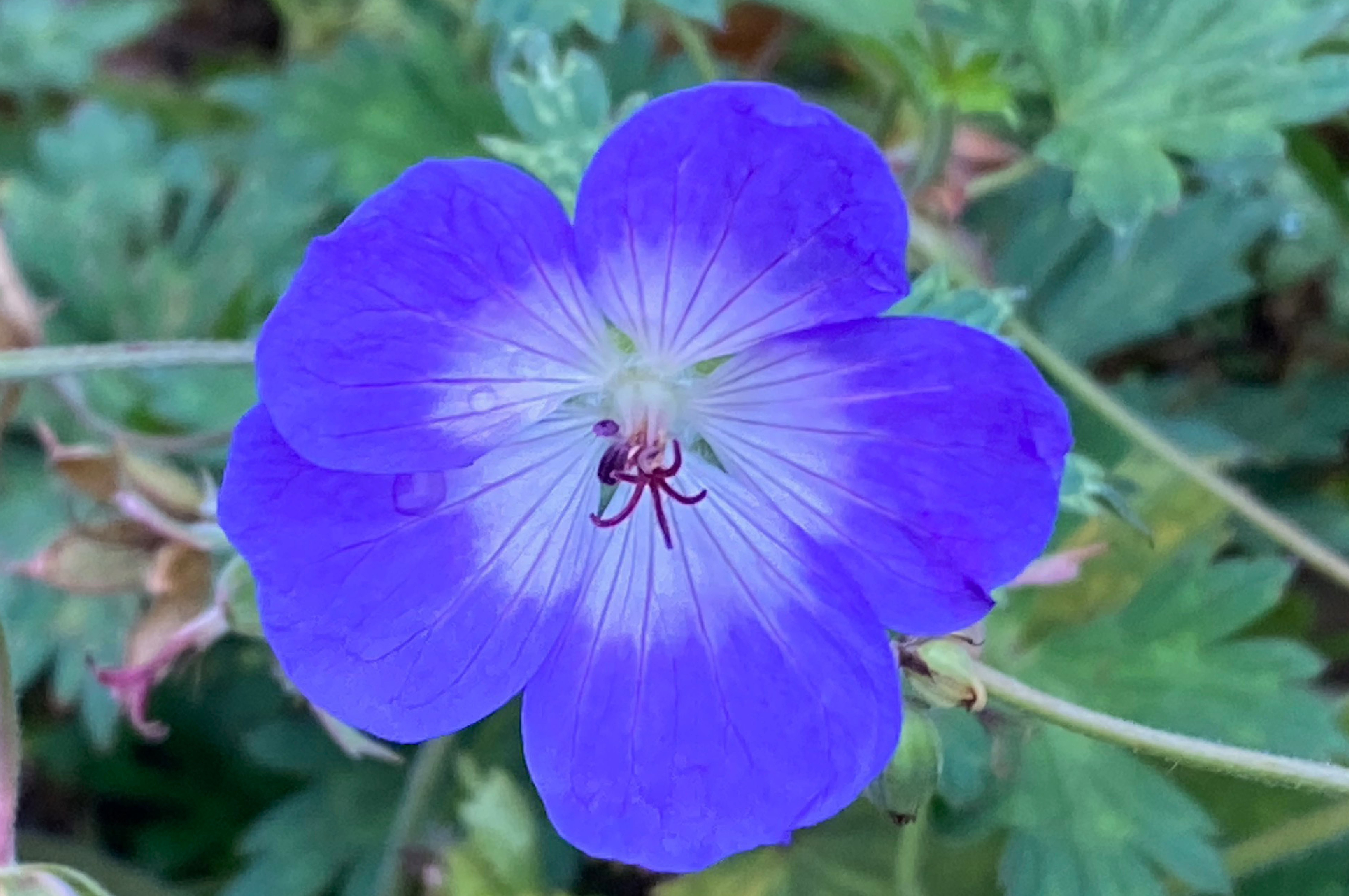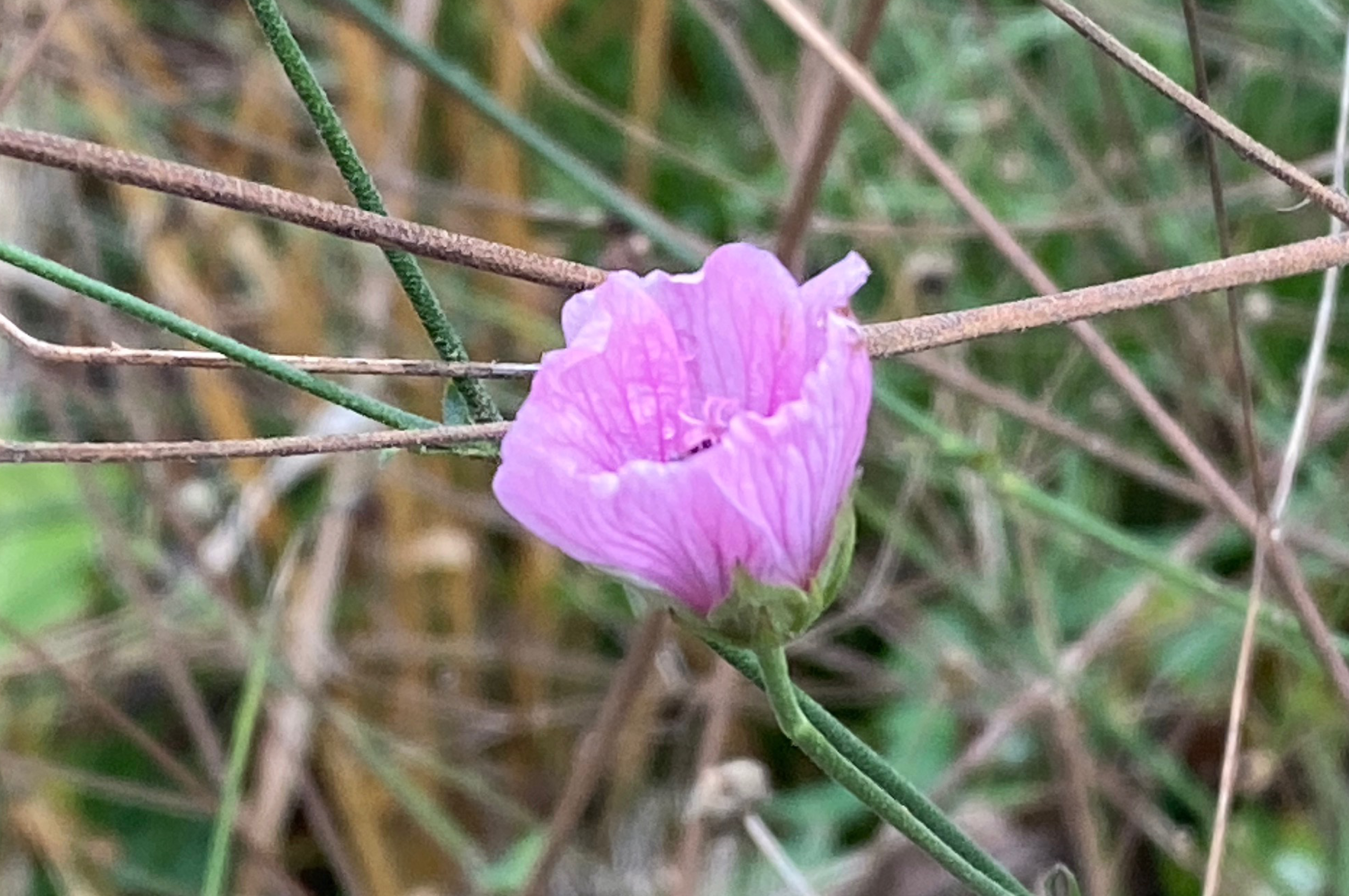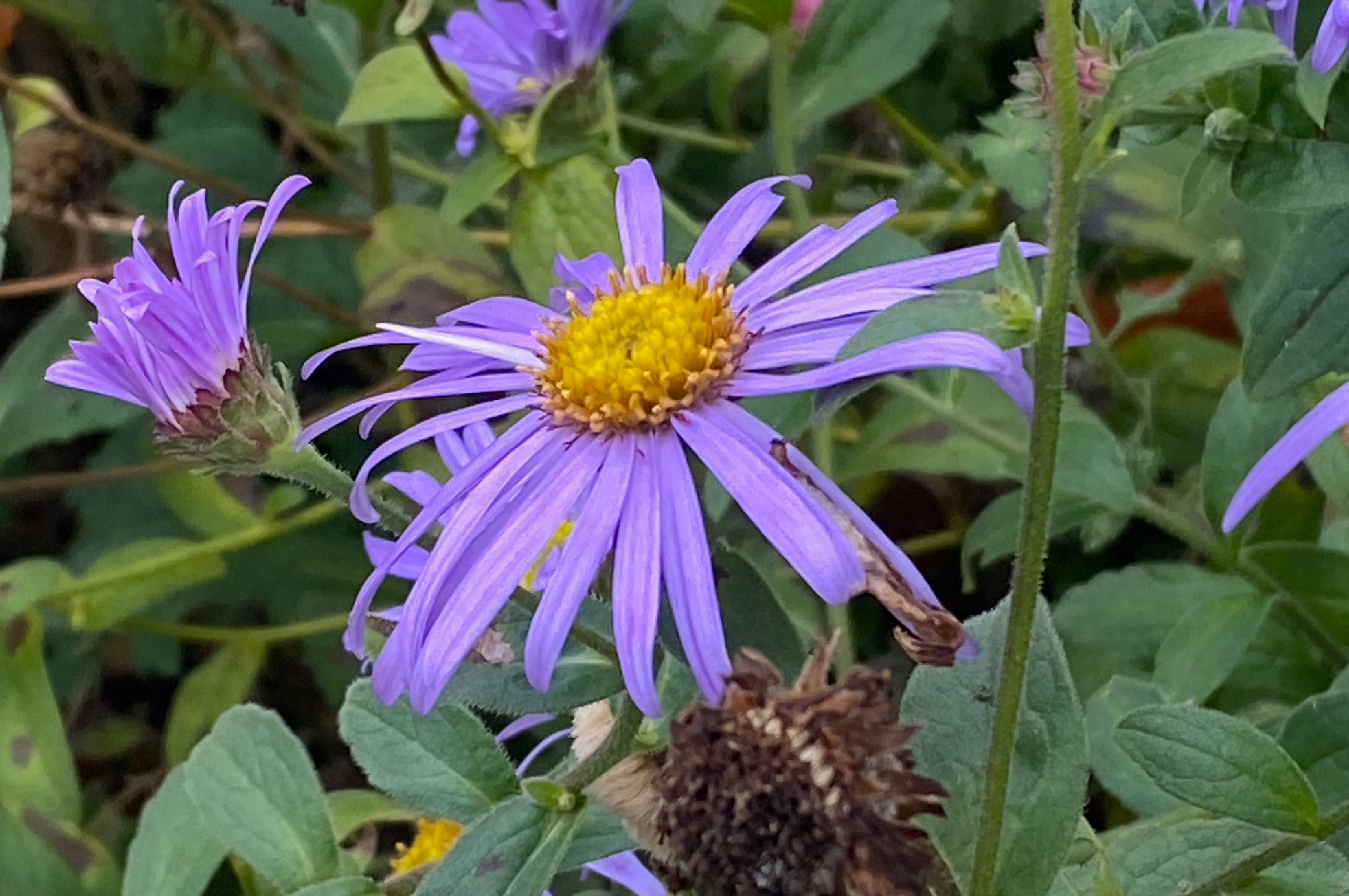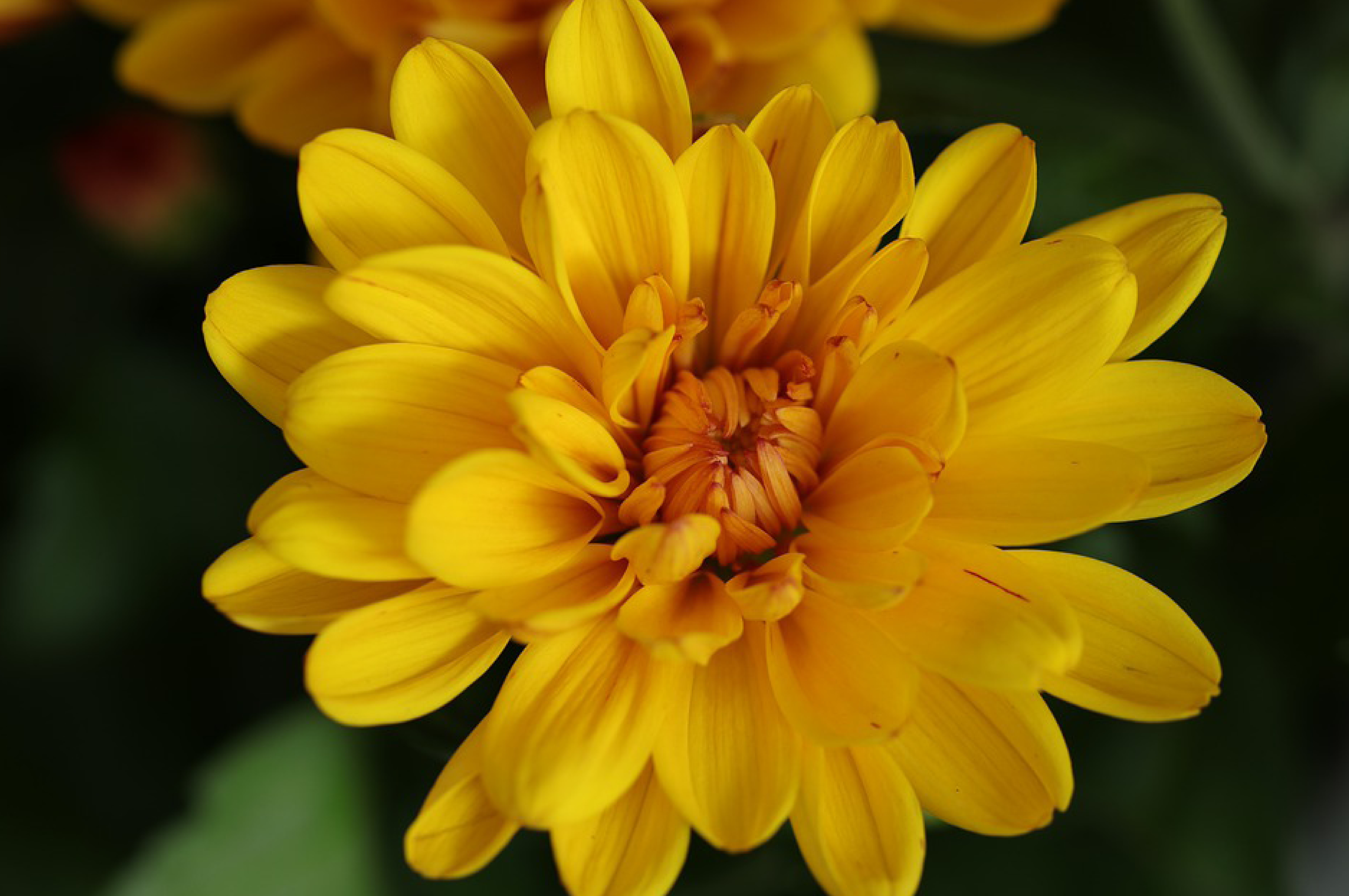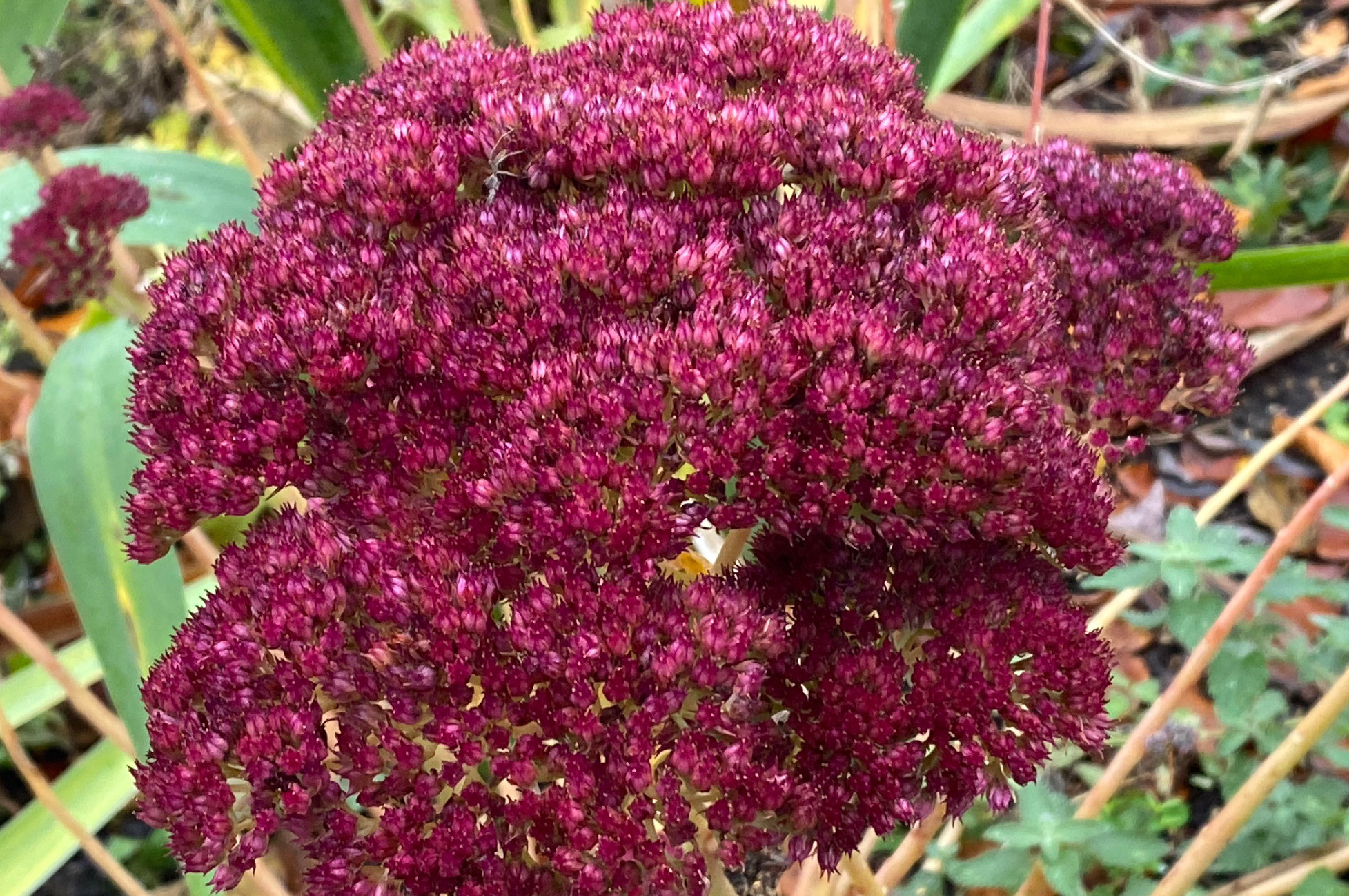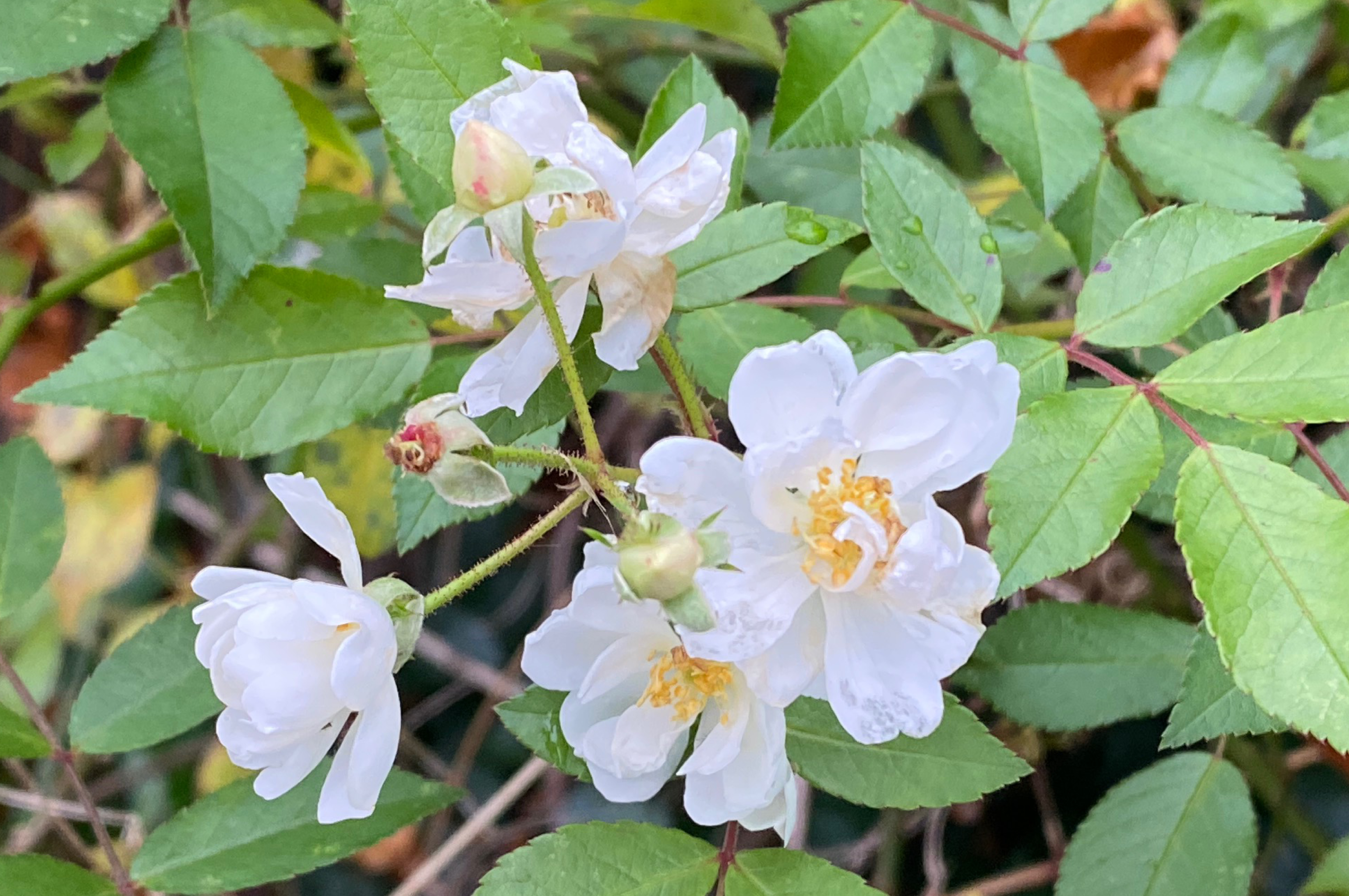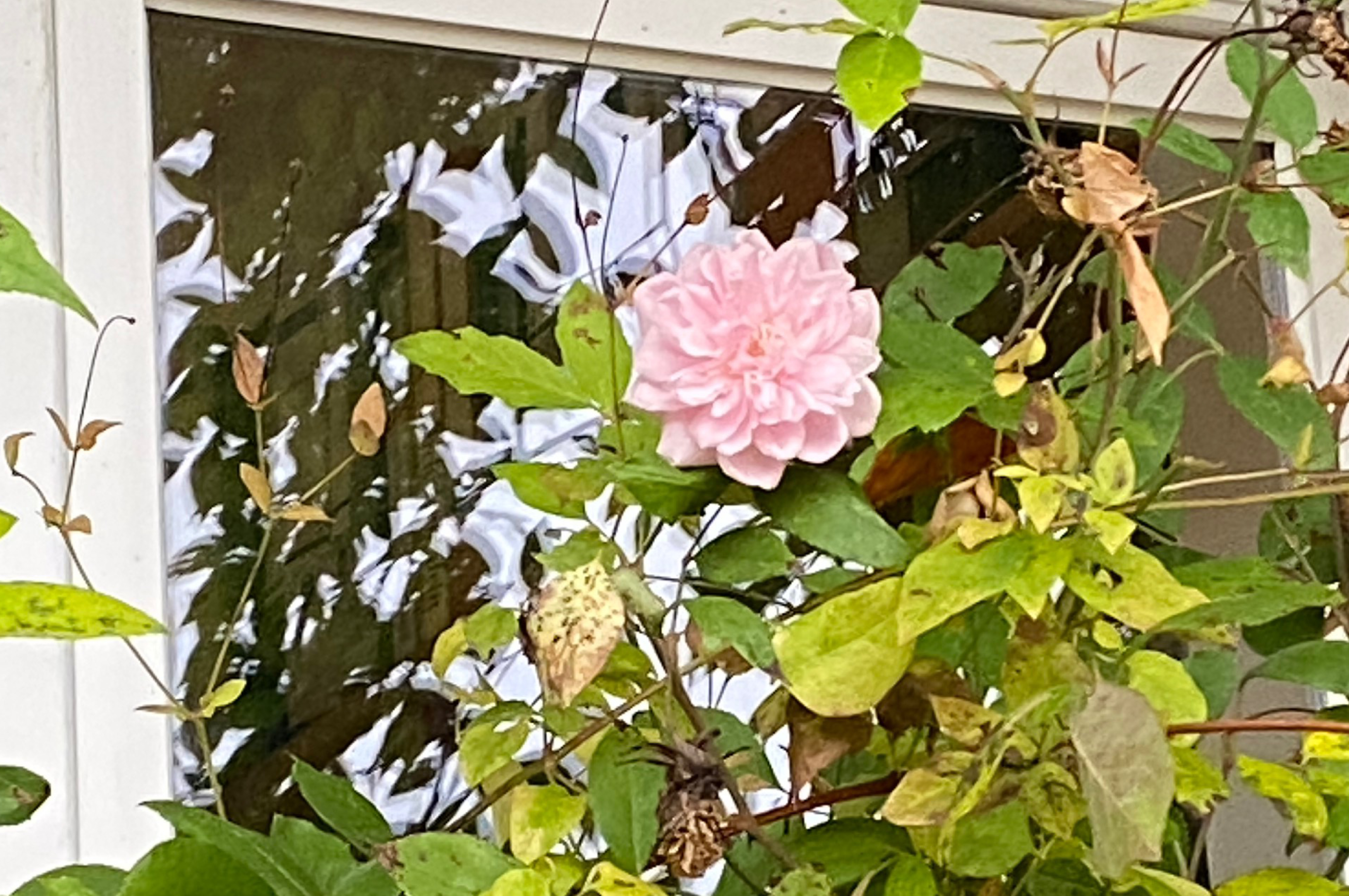Sedum, Astern und Chrysanthemen
Die wahren Stars der Spätsaison sind die späten Astern und Chrysanthemen, die die Saison mit einer Blüte abschließen. Ungewöhnlich spät ist eine Gruppe von Aster x frikartii 'Mönch'. Normalerweise endet ihre Blütezeit im Oktober, aber dieses Jahr weigert sie sich, aufzuhören. Ich habe die späte Blüte von Aster lateriflorus ssp. horizontalis 'Lady in Black' vermisst, die treu die letzte der Saison ist. Wir haben sie in diesem Frühjahr ausgegraben und neu gepflanzt, und es wird ein wenig dauern, bis sie wieder ihre gewohnte Form annimmt. Glücklicherweise ist ein alter Bekannter wieder in mein Leben getreten: Aster pringlei 'Montecassino'. Sie war früher meine Lieblingsaster in unserem Garten in England, aber da ich andere ausprobieren wollte, hatte ich sie bis zu diesem Frühjahr nicht in der Gartenakademie gepflanzt. Sie hat sich unglaublich gut entwickelt, und ihre luftigen, weißen Blüten bilden immer noch eine wogende Wolke. Die kalten Nächte haben einige der Blüten blassrosa gefärbt, was ihren Charme noch verstärkt.
In den letzten Jahren habe ich begonnen, Chrysanthemen zu entdecken. In meiner Kindheit assoziierte ich sie mit Friedhöfen und kalten, unwirtlichen Novembertagen, an denen ich die Gräber von verstorbenen Verwandten besuchte, die ich nie kennen gelernt hatte. Marianne Foerster hatte mich mit der 'Goldmarianne' bekannt gemacht, die nächste, die mir ins Auge fiel, war die erfrischende 'Poesie'. Das heitere Gelb von 'Bienchen' bringt Fröhlichkeit in eines der neuen Konzepte. Ich möchte mehr warme Herbsttöne und solche, die kupferorange und rostige Töne in die Rabatte bringen, entdecken. Es sind lebendige Farben, die an trüben Tagen Wärme und Sonnenschein bringen.
Der unumgängliche Blumenklassiker für Spätsommer und Herbst ist natürlich Sedum. Mein absoluter Klassiker ist die 'Herbstfreude', die jetzt ihre samtig dunkelrote Farbe entwickelt, bevor sie langsam in einen satten, schokoladigen Farbton übergeht, der sie bis in die Wintermonate begleiten wird.
Sedums, Asters and Chrysanthemums
The real stars of the late season are the late asters and chrysanthemums that finish off the season with a flourish. Unusually late is a group of Aster x frikartii ‘Mönch’. Normally they finish In October, but this year it is refusing to stop. I have missed the late display in the border of Aster lateriflorus ssp. horizontalis ‘Lady in Black’ which is faithfully the last one of the season. We lifted and re-planted the this spring and will take a little time to return to her usual form. Fortunately, an old familiar friend has come back into my life: Aster pringlei ‘Montecassino’. It used to be my favourite aster in our garden in England, but keen to try others, I had not planted it at the Garden Academy until this spring. It has done incredibly well, and it’s airy sprays of white flowers still form a billowing cloud. The cold nights have made some of the flowers blush pale pink, which adds to her charm.
In the past few years I have started to discover Chrysanthemums. Throughout my childhood they were associated with graveyards and cold, inhospitable November days visiting graves of dead relatives I never met. Marianne Foerster had introduced me to 'Goldmarianne', the next one to catch my eye was the refreshing 'Poesie'. The cheerful yellow of 'Bienchen' has brought cheer into one of the new schemes. I want to explore more of the warm autumnal shades and those that bring coppery orange and rust tones into the border. They are vital colours that bring warmth and sunshine on dreary days.
The unmissable classic flower for late summer and autumn is of course Sedum. My all-time favourite, unbeatable one is ‘Herbstfreude’ which is now starting to develop its velvety dark red tone, before it slowly slips into the rich dark chocolate tone that will see it into the winter months.
